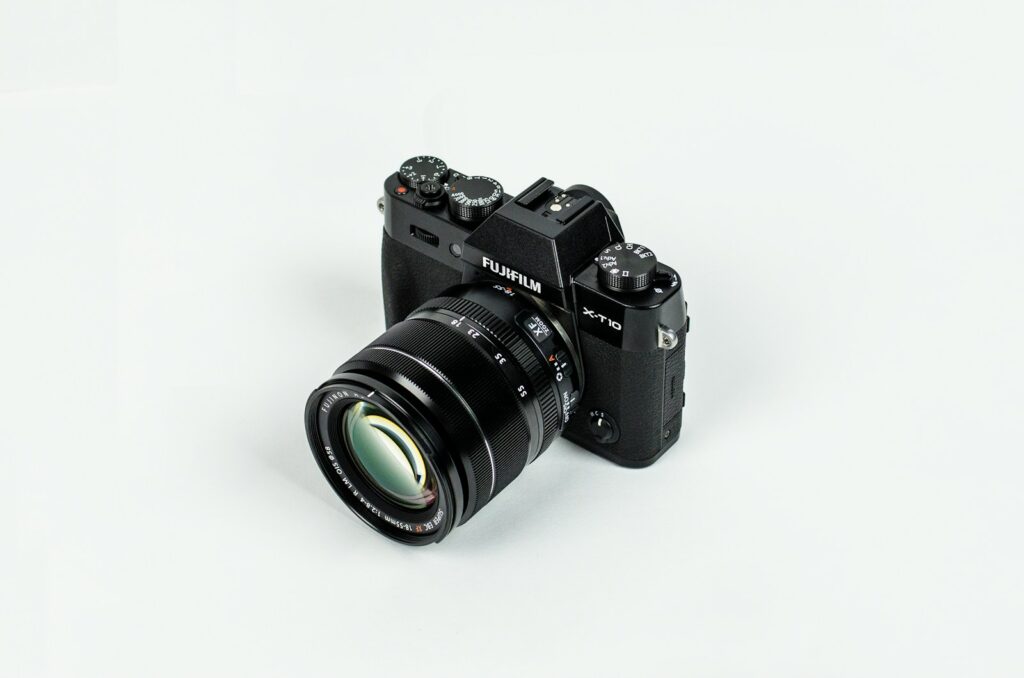
The world of photography has undergone seismic shifts since its inception, yet few formats have left an indelible mark quite like the 35mm film camera. Once hailed as a revolutionary “miniature format” that unshackled photographers from cumbersome plate cameras, these mechanical marvels redefined portability, spontaneity, and accessibility in image-making. They allowed viewers to see distant lands in print for the first time ever, democratizing the act of capturing and sharing moments across the globe, becoming truly ubiquitous in our culture.
It’s a journey from experimental beginnings to widespread dominance, now largely superseded by digital technology, yet these cameras remain “gone but not forgotten.” They embody a rich tapestry of innovation, engineering ingenuity, and cultural transformation. In the spirit of delving into the “how” and “why” of technology, we’re taking a deep dive into some of the most influential 35mm cameras – devices that, despite rarely being found on major studio film sets today, laid the groundwork for modern visual storytelling and continue to captivate enthusiasts with their unique aesthetic and tactile experience.
Join us as we explore the fascinating origins, the groundbreaking designs, and the enduring legacy of these once-pioneering 35mm cameras. From the very first commercially produced models to the innovations that sparked their widespread adoption, each camera represents a pivotal moment in the history of photography, shaping not only how we capture images but also how we perceive the world through a lens. Their story is a testament to human ingenuity and the relentless pursuit of making complex technology accessible and engaging for all, transforming photographic practices forever and laying the foundation for an entire industry.
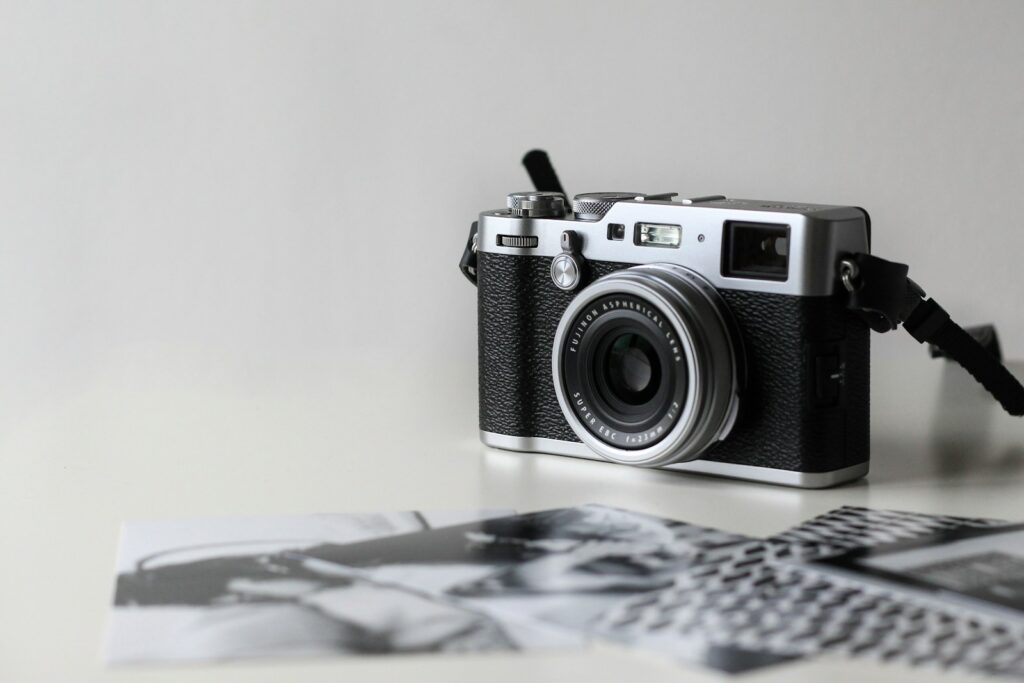
1. **The American Tourist Multiple: A Bold Step Towards Portable Photography**The story of commercially available 35mm cameras often begins with the American Tourist Multiple, released in 1913 by the New Ideas Mfg. Co. of New York. This camera stands as a significant milestone, generally accepted as the first commercially available 35mm camera, marking a pivotal moment in the shift from large-format plate cameras to more portable solutions. Its introduction hinted at a future where photography would be less about hauling heavy equipment and more about capturing life on the go.
Prior to its emergence, photographers contended with heavy plate cameras, which were large and inconvenient to transport to most locations. The very concept of a compact 35mm camera, even one as early as the Tourist Multiple, was revolutionary. It proposed a new way of engaging with photography, promising ease of use and the ability to take pictures anywhere in the world, a stark contrast to the limitations of its predecessors and an innovation that would forever change how visual stories were told.
While groundbreaking for its time, the American Tourist Multiple came with a steep price tag, costing $175 in 1913. To put that into perspective, this sum is equivalent to approximately $4000 in modern United States dollars, as noted in the context. Such a high price point unfortunately rendered the camera largely inaccessible for most people, limiting its reach and preventing it from becoming a truly mass-market device. It was a vision ahead of its time, constrained by economic realities that often govern the adoption of new technologies.
Despite its limited commercial success, the American Tourist Multiple was a bold early attempt to leverage the emerging 35mm film format for still photography. It ran the film vertically and exposed the standard 18×24 cine frame size, equivalent to four sprocket holes per frame. This choice reflected the close ties between early still 35mm photography and its origins in motion picture film, demonstrating how inventors repurposed existing technologies to forge new photographic frontiers. The exploration into 35mm for still images was just beginning.
The camera’s design to run film vertically and utilize the cine frame size highlights the experimental nature of early 35mm still cameras. It was a period of trial and error, where the best formats and mechanisms were still being discovered. Soon after, the Simplex, from New York’s Multi-Speed Shutter Co., offered photographers a choice of either the cine frame size or the “double” frame 24 x 36mm format, foreshadowing the eventual standardization that would define the 35mm era.
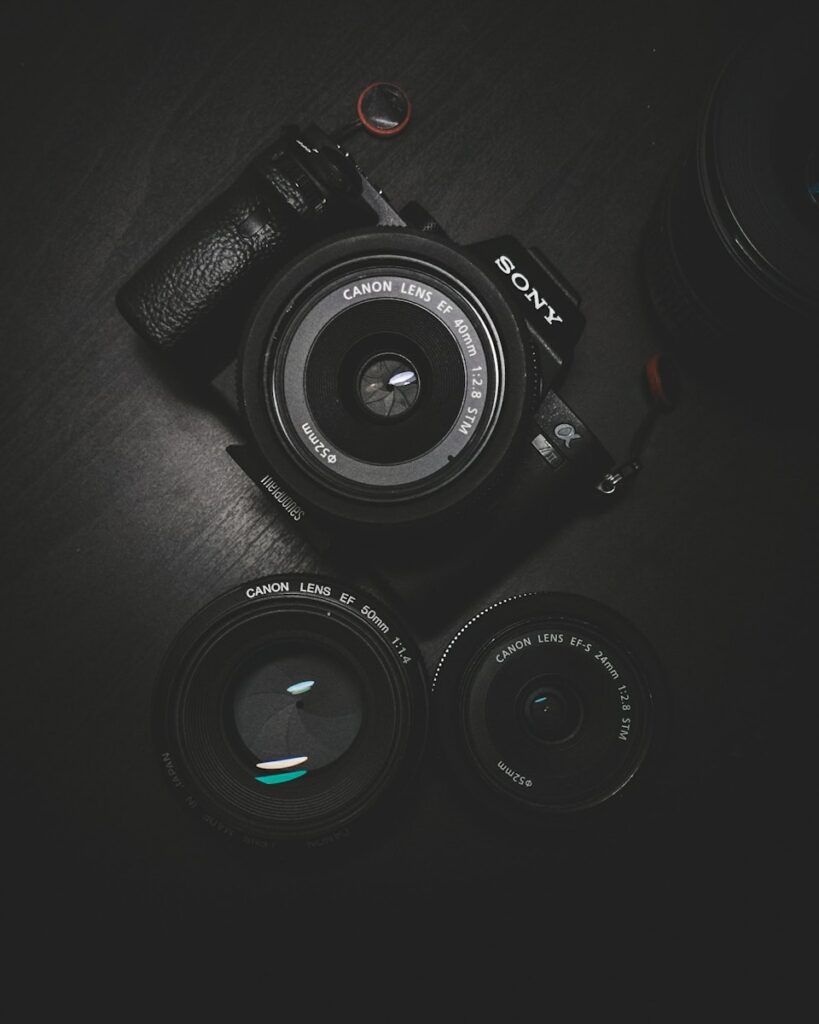
2. **Jules Richard’s Homeos: The Unseen Architect of 35mm Production**Before the American Tourist Multiple made its public debut, another contender for the “first” 35mm camera to enter production was Jules Richard’s Homeos camera. Sold between 1913 and 1920, the Homeos holds the distinction of being an incredibly early entrant into the nascent 35mm market. Its existence underscores the bubbling innovation happening simultaneously as inventors sought to harness 35mm film for still images, moving beyond its motion picture origins.
The invention of 35mm film itself, standardized in the late 19th century by William Kennedy Laurie Dickson for motion pictures, ignited this wave of experimentation. Many inventors saw the potential for still photography, leading to patents like the one issued in 1908 to Leo, Audobard, and Baradat in England, though their camera was never produced or sold. The Homeos, however, moved from concept to tangible product, demonstrating actual manufacturing effort.
Despite being produced and sold, the Homeos never achieved widespread popularity. The context explicitly states that “very few Homeos cameras were produced during this time period and they never became very popular.” This lack of commercial traction meant that while it was technically in production, its impact on the photographic landscape was minimal compared to later, more successful models. It serves as a fascinating footnote, highlighting the challenges of early adoption and market penetration for novel photographic technologies.
The history of 35mm film cameras is often cloudy and confusing, as the context notes. Finding the absolute “first” is rarely cut and dry. The Homeos exemplifies this complexity, representing an early effort that, despite its pioneering status, did not capture the public imagination or market share. It reminds us that significant inventions can sometimes fade into obscurity while others, perhaps not strictly the “first,” achieve enduring fame.
The story of the Homeos is a reminder that innovation doesn’t always guarantee immediate market success, especially in a developing market. It illustrates the often-confusing and cloudy history of early 35mm film cameras, where “finding the first of something isn’t always cut and dry.” This early experiment, though ultimately overshadowed, contributed to the ongoing exploration of what 35mm film could offer photographers, paving the way for future advancements and building the foundational knowledge for subsequent successful designs.
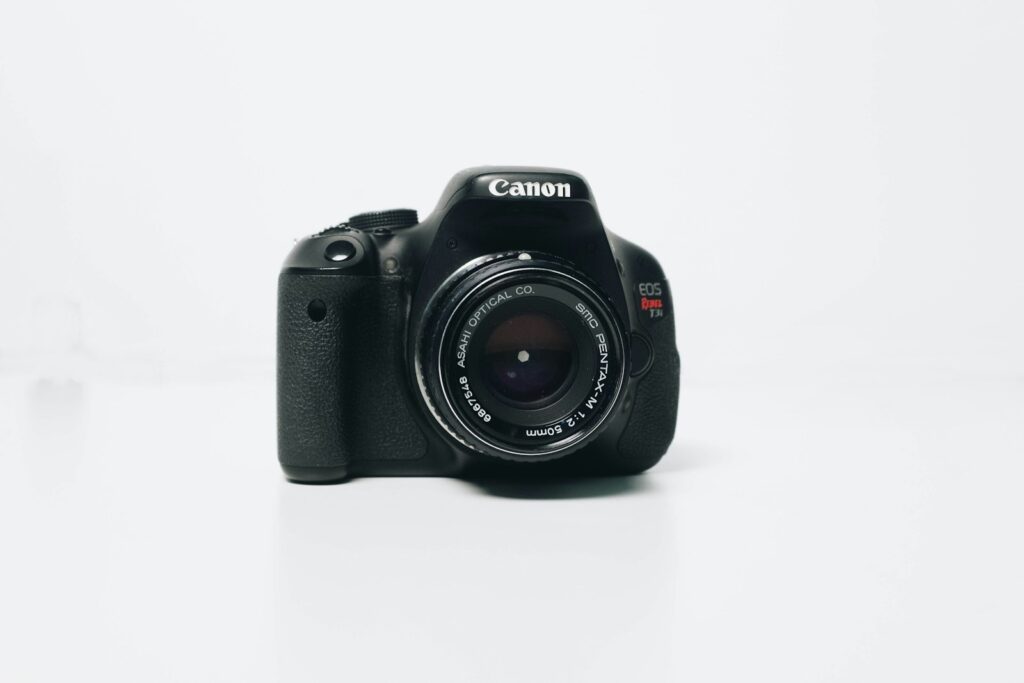
3. **The Leica I and Ur-Leica: Igniting the 35mm Revolution and Defining a Standard**No discussion of 35mm cameras can bypass the monumental contribution of Oskar Barnack and his creation, the Leica. Barnack, a development engineer for Leitz (later Leica Camera AG), conceived his compact 35mm camera as early as 1913. His initial prototype, famously known as the “Ur-Leica” or “film tester,” was a visionary step, aimed at using 35mm motion picture film for still photography, diverging from its original purpose. This was a direct response to the bulk and inconvenience of the heavy plate cameras dominant at the time.
Barnack’s design was groundbreaking: compact, relatively simple to operate, and capable of producing surprisingly sharp images. He had to overcome significant engineering challenges, particularly concerning the shutter mechanisms and lens design. These innovations allowed for a smaller negative size, which, while initially considered a compromise in quality compared to larger formats, allowed for faster shutter speeds and wider apertures, facilitating candid photography and capturing movement previously unimaginable. This shift fundamentally altered the possibilities for visual storytelling.
While Barnack’s prototype was ready in 1913-14, production was significantly delayed due to World War I. However, Ernst Leitz, Barnack’s employer, remained committed to bringing it to market, eventually launching a 25-piece pre-production series in 1923, possibly as a response to concurrent models like Le Furet. The official series production began with the Leica A in 1925, coinciding with Germany’s first interwar prosperity period. By the time the Leica I was in production, several other 35mm cameras were available, but the Leica became the most popular by far.
The Leica’s success was not just about its technical prowess; it was about its profound impact on photographic practices. It offered a compact and lightweight design that made it easy to carry, a radical departure from its predecessors. It brought the 24 x 36mm image format into much greater prominence, a format that would become the de-facto standard for decades, revolutionizing photojournalism and documentary photography with its portability and speed. Many iconic photographs were taken with these cameras, including Henri Cartier-Bresson’s famous photo of a man jumping over a fence in France in 1932.
Early Leica cameras are now highly collectible, a testament to their enduring legacy and the profound influence they exerted. The story of the Leica is well told, even if many people in 1953, when early histories were written, had never seen one, let alone afforded it. Its introduction truly cemented 35mm film as the standard for high-end still photography, inspiring competitors globally and establishing a benchmark for quality and innovation that would shape the industry for decades to come.

4. **Zeiss Ikon Contax: Elevating Competition and Innovation in 35mm**Following the trailblazing success of the Leica, competition naturally emerged, eager to capture a slice of the burgeoning 35mm market. One of the most significant contenders was the Zeiss Ikon Contax, introduced in 1932. This camera, like the Leica, quickly established itself as a top-quality German model, offering professional photographers and serious amateurs another advanced option in the 35mm format. The rivalry between Leica and Contax pushed the boundaries of camera design and engineering, leading to rapid advancements.
The Contax, alongside the Leica, played a crucial role in establishing the dominance of the 35mm format. Its sophisticated design and robust construction appealed to those seeking precision and reliability in their photographic tools. The context explicitly mentions that Kodak’s preloaded 35mm cassettes, introduced in 1934, were specifically designed to work with both the Leica and the Zeiss Ikon Contax camera. This demonstrates its industry importance and widespread acceptance among leading manufacturers.
The development of preloaded cassettes itself was a massive leap forward for photographers using cameras like the Contax. Prior to their invention, photographers had to manually load their own film into reusable cassettes in a dark room, a cumbersome and time-consuming process. The ability to switch rolls of film on-the-go, thanks to innovations compatible with cameras like the Contax, significantly streamlined the photographic process and made 35mm cameras even more practical for active field use.
For many, the Contax represented an alternative pinnacle of 35mm camera technology, offering a different approach to features and ergonomics while delivering comparable image quality. Its presence in the market ensured a dynamic landscape of innovation, where manufacturers continuously strove to outdo one another in features, build quality, and optical performance. This competitive environment ultimately benefited photographers, driving the rapid evolution and refinement of 35mm cameras, and offering diverse choices to discerning users.
This era, marked by the excellence of cameras like the Leica and Contax, really showcased the potential of 35mm film for serious photographic work. As the quality of film stocks improved, there was a growing acceptance of 35mm for professional work, moving it beyond being merely a “miniature format.” The competition fostered an environment where the technical limits of the format were continuously explored and expanded, setting high standards for subsequent generations of cameras.
5. **The Argus A: Democratizing 35mm Photography, Bringing it to Everyone**While cameras like the Leica and Contax set the standard for high-end 35mm photography, their prohibitive cost kept them largely out of reach for the average person. This changed dramatically with the introduction of the Argus A in 1936. This camera marked a significant turning point, making 35mm photography accessible to a much broader audience, effectively democratizing the medium for the first time.
For the first time, would-be amateur photographers had access to a compact 35mm camera that could be taken anywhere without a significant financial investment. The Argus A, along with other less expensive cameras, brought 35mm shooting to a larger market that simply could not afford the top-quality German models. This affordability was crucial in propelling 35mm film to dominate the film market by the 1960s, a position it holds as the most popular type of film today.
The success of the Argus A illustrates a crucial phase in photography’s history: the transition from a specialized craft to a popular hobby. Before this, photography was often the domain of professionals or the wealthy, with complex equipment and processes. The Argus A, by offering an accessible entry point, expanded the community of photographers exponentially, making the joy of capturing images available to nearly everyone.
By democratizing photography, the Argus A fostered an explosion of amateur photography and a broadening of perspectives in visual storytelling. It cemented the idea that photography wasn’t just for professionals but for everyday people to capture their lives and the world around them with greater spontaneity and creativity. This shift ensured the format’s widespread adoption and laid the foundation for its enduring cultural significance, shaping the visual language of the 20th century in profound ways.
The widespread adoption driven by cameras like the Argus A highlights the critical role of affordability in technological innovation. It demonstrated that for a technology to truly revolutionize an industry, it must become attainable for a diverse user base. This accessibility allowed 35mm cameras to become the “workhorse of the photographic industry,” profoundly shaping how society interacted with photographic technology and creating a visual record of an entire era.
The initial wave of 35mm cameras laid a foundational groundwork, but the journey to making them indispensable tools for both everyday users and demanding professionals involved continuous, ingenious advancements. This evolution was not just about shrinking size; it was about refining the photographic process, enhancing user experience, and ultimately, defining what a camera could achieve. As we transition from the pioneering models, we delve into the key design advancements, their professional adoption, and the ultimate transition to modern photography, exploring how these once-ubiquitous devices shaped an entire industry.
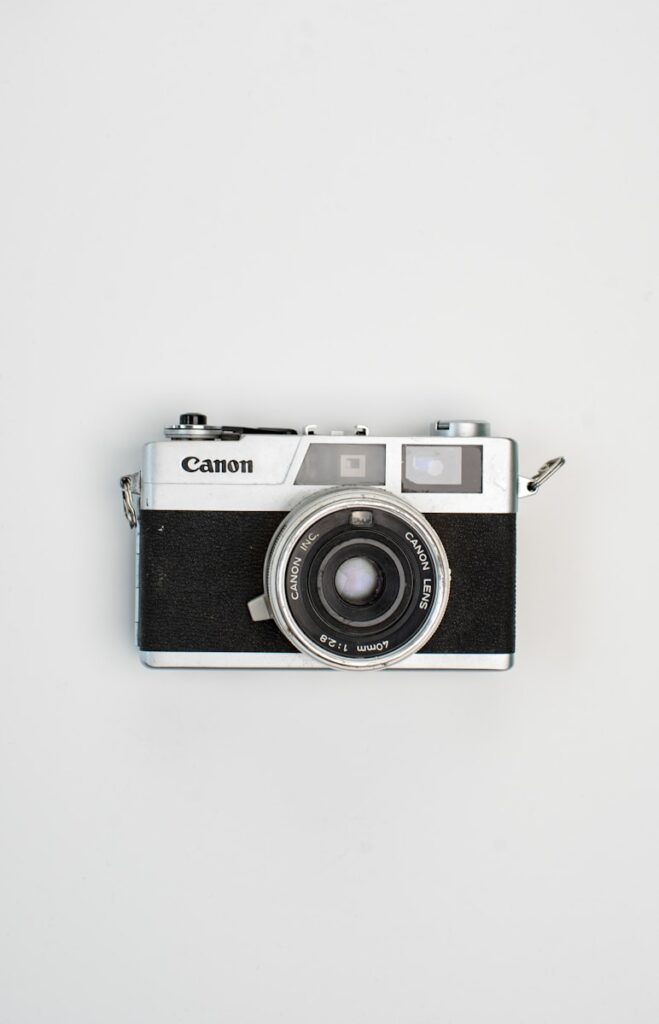
6. **Kodak Retina I: The Standard Bearer of Accessible Quality**While the Argus A democratized 35mm photography through sheer affordability, the Kodak Retina line, particularly the Retina I, offered a compelling blend of quality and accessibility that solidified 35mm’s place in the burgeoning market. Introduced alongside Kodak’s groundbreaking preloaded 35mm cassettes in 1934, the Retina I wasn’t just a camera; it was part of an ecosystem designed to make 35mm photography more user-friendly and widespread, pushing the format beyond niche enthusiast circles into the mainstream consciousness.
The significance of Kodak’s 1934 innovation cannot be overstated. Prior to the invention of preloaded cassettes, photographers faced the cumbersome task of manually loading bulk film into reusable cassettes within the confines of a darkroom. This was a barrier for many, limiting the spontaneity and convenience that 35mm promised. The new preloaded cassettes, compatible with both the Leica, Zeiss Ikon Contax, and Kodak’s own Retina I, allowed photographers to switch film rolls “on-the-go,” fundamentally streamlining the shooting process and expanding the practical utility of 35mm cameras for active field use.
The Kodak Retina line proved enormously popular, remaining in production until the late 1960s. This longevity is a testament to its robust design, reliable performance, and its role in meeting the growing demand for quality 35mm cameras that were still within reach for many. Its success helped cement 35mm as the dominant film market format, not just for professionals but for a burgeoning middle-class eager to capture their lives with a capable, compact device.
The Retina’s blend of refined engineering and accessible operation was crucial. It showed that quality did not have to be exclusive and that thoughtful design could bridge the gap between high-end precision and mass-market practicality. By providing a dependable and easy-to-use system, Kodak played a pivotal role in accelerating the adoption of 35mm film, making it the veritable “workhorse of the photographic industry” and paving the way for further design innovation that would define subsequent decades of photographic advancement.
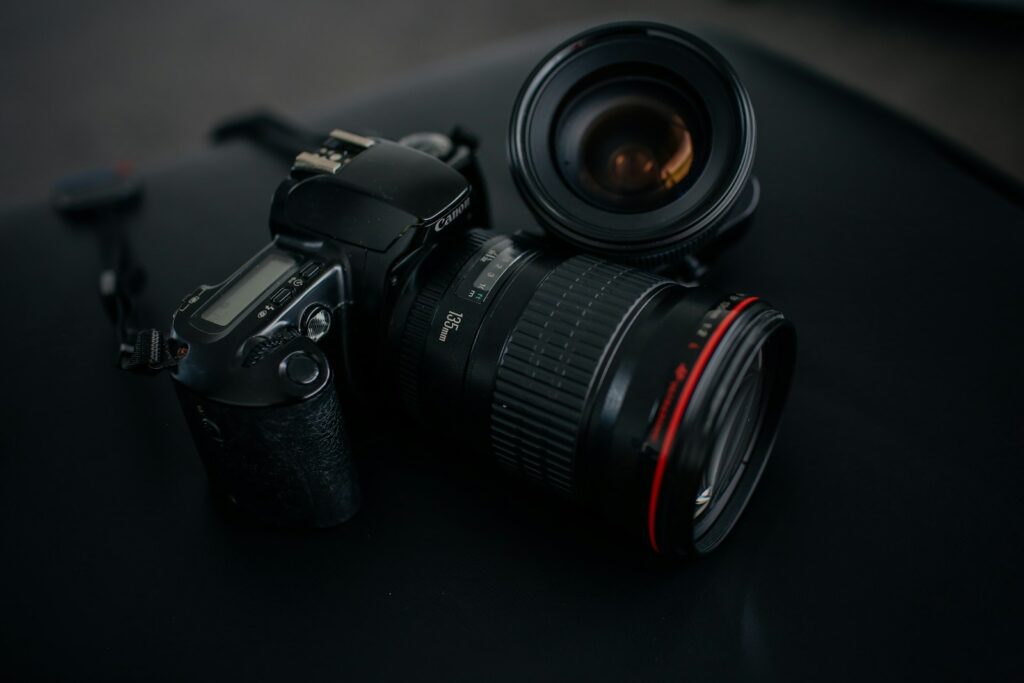
7. **The Kine Exakta: Ushering in the Single-Lens Reflex Era**As 35mm cameras gained traction, photographers sought greater precision in framing and focusing, especially when dealing with various lenses and challenging compositions. The answer arrived in 1936 with the introduction of the Kine Exakta, the world’s first 35mm single-lens reflex (SLR) camera. This was a revolutionary leap in camera design, fundamentally altering how photographers interacted with their subjects and compositions, and setting the stage for the most popular camera type for decades to come..
An SLR camera’s core innovation lies in its use of a mirror and prism system that directs the exact image seen by the lens up to the viewfinder. This means that “an SLR camera uses the same lens for the image on the film as well as the viewfinder,” providing photographers with an accurate, through-the-lens view for precise framing and focusing. This immediate visual feedback was a massive improvement over rangefinder cameras, which offered only an approximation of the final image.
The Kine Exakta, though groundbreaking, came with an inherent limitation common to early SLR designs: a “blanking” viewfinder. The context explains that this meant “the mirror jumped away from the optical path while the image was taken and returned when the film was wound.” Consequently, “while the mirror of the viewfinder was out of the optical path, the user could not see through the viewfinder,” creating a momentary blackout during the crucial moment of exposure.
Despite this temporary blackout, the Kine Exakta proved the immense potential of the SLR concept, particularly for specialized applications like close-up photography and telephoto work, where precise framing was paramount. Its introduction marked a paradigm shift, proving that a compact 35mm camera could offer the precise viewing capabilities previously associated with larger, more cumbersome formats, laying the essential groundwork for future refinements that would address the viewfinder blanking issue.

8. **Asahi Pentax: Perfecting the SLR with the Instant-Return Mirror**The “blanking” viewfinder of early SLRs like the Kine Exakta, while a manageable compromise for the benefits of through-the-lens viewing, was clearly a point of friction for photographers. The need for continuous visibility, especially in fast-paced situations or when tracking moving subjects, spurred further innovation. This critical advancement came in the form of the instant-return mirror, a feature that would become a cornerstone of SLR design and significantly popularize the format.
It was Japan’s Asahi Pentax that introduced the first camera to feature this groundbreaking instant-return mirror. This ingenious mechanism allowed the mirror to quickly snap back into viewing position immediately after the shutter fired, without waiting for the film to be wound. This meant the photographer could maintain an uninterrupted view of the scene, crucial for capturing sequences, tracking action, and ensuring that post-shot composition adjustments could be made without delay.
The immediate impact of the instant-return mirror was profound. As the context notes, it “helped to popularize 35mm SLR cameras because they made picture-taking easier and more convenient.” This convenience, combined with the inherent precision of SLR design, made 35mm SLRs the preferred choice for a vast array of photographers, from serious amateurs to budding professionals. It eliminated a key ergonomic hurdle, making the act of photography more fluid and intuitive.
The advent of the instant-return mirror also highlighted the growing prominence of Japanese manufacturers in the global camera industry post-World War II. Companies like Asahi Pentax brought not only innovative designs but also a focus on user experience and manufacturing efficiency, challenging the traditional dominance of European brands. This intense competition fueled a golden age of 35mm SLR development, leading to increasingly sophisticated and user-friendly cameras that would dominate the market for decades.
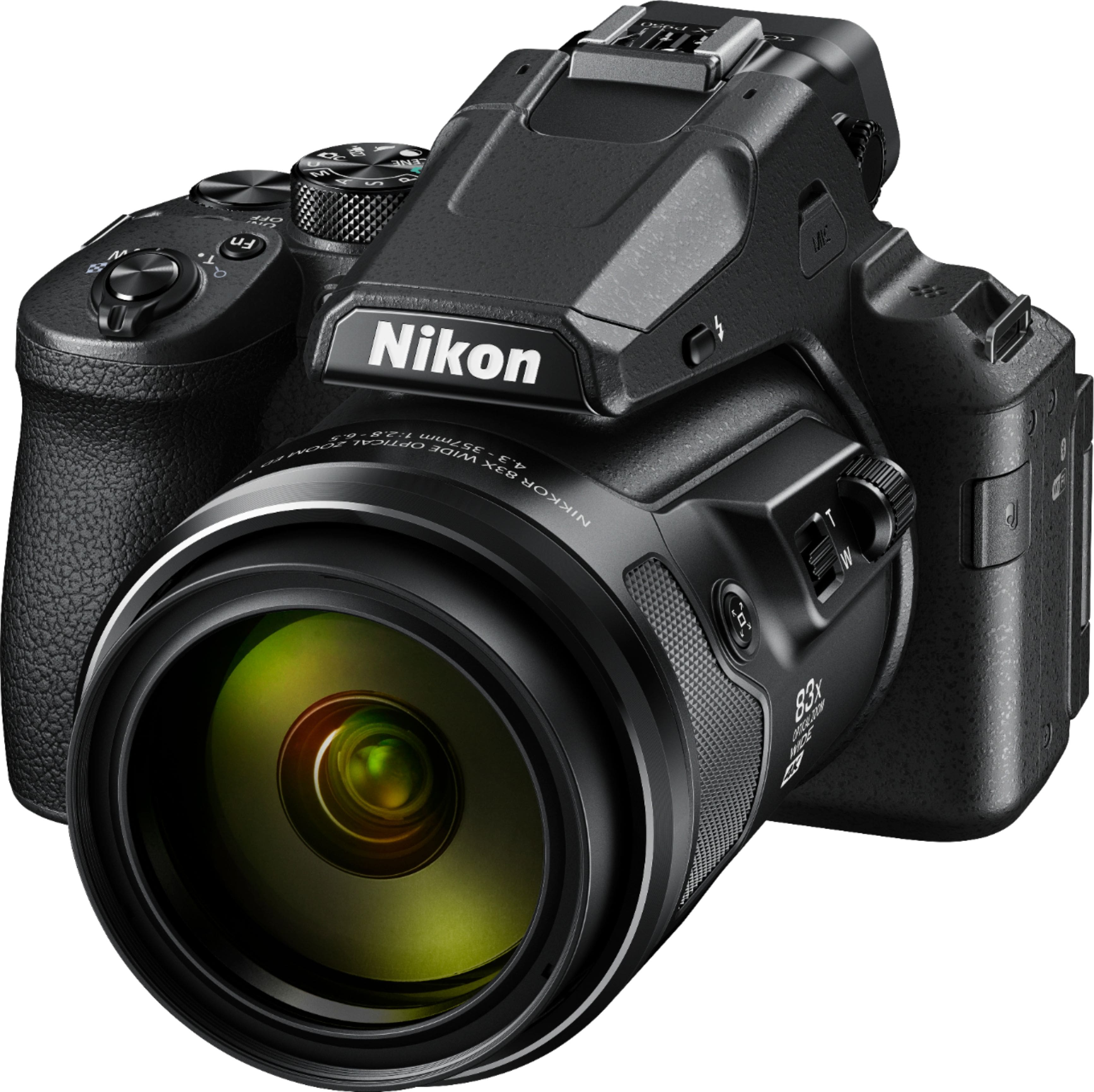
9. **Nikon F: The Professional’s Choice and the Zenith of 35mm SLRs**While many cameras contributed to the widespread adoption of 35mm, few made an impact as profound on the professional world as the Nikon F, released in 1959. This camera was not just an improvement; it was a statement. It was meticulously engineered to meet the rigorous demands of professional photojournalists and studio photographers, cementing 35mm’s status as a format capable of delivering uncompromising quality and versatility for serious work.
The Nikon F quickly became legendary for its robust build quality, exceptional reliability, and an unparalleled system of interchangeable lenses and accessories. It “produced extremely high quality photos and encouraged professional photographers to finally switch over to the versatile 35mm format cameras.” Previously, many professionals had clung to medium format or large format cameras for their superior image quality. The Nikon F, combined with improving film stocks, proved that 35mm could stand shoulder-to-shoulder with larger formats in terms of output, while offering undeniable advantages in speed, portability, and discreet operation.
The impact of the Nikon F extended far beyond its immediate sales. Its adoption by major news agencies and prominent photographers during pivotal global events showcased the format’s capabilities to a worldwide audience. This professional endorsement solidified 35mm as the de facto standard for professional photography, inspiring other manufacturers to elevate their offerings and creating a competitive landscape that pushed the boundaries of camera design and lens optics for years to come.
By the 1970s, the influence of cameras like the Nikon F had led to the dominance of “interchangeable lens and point-and-shoot 35mm format cameras” in the marketplace. This dual evolution, with high-end SLRs like the Nikon F serving professionals and increasingly automated compacts catering to the mass market, demonstrated the incredible versatility and adaptability of the 35mm format, proving it could meet almost any photographic need, from artistic expression to everyday snapshots.
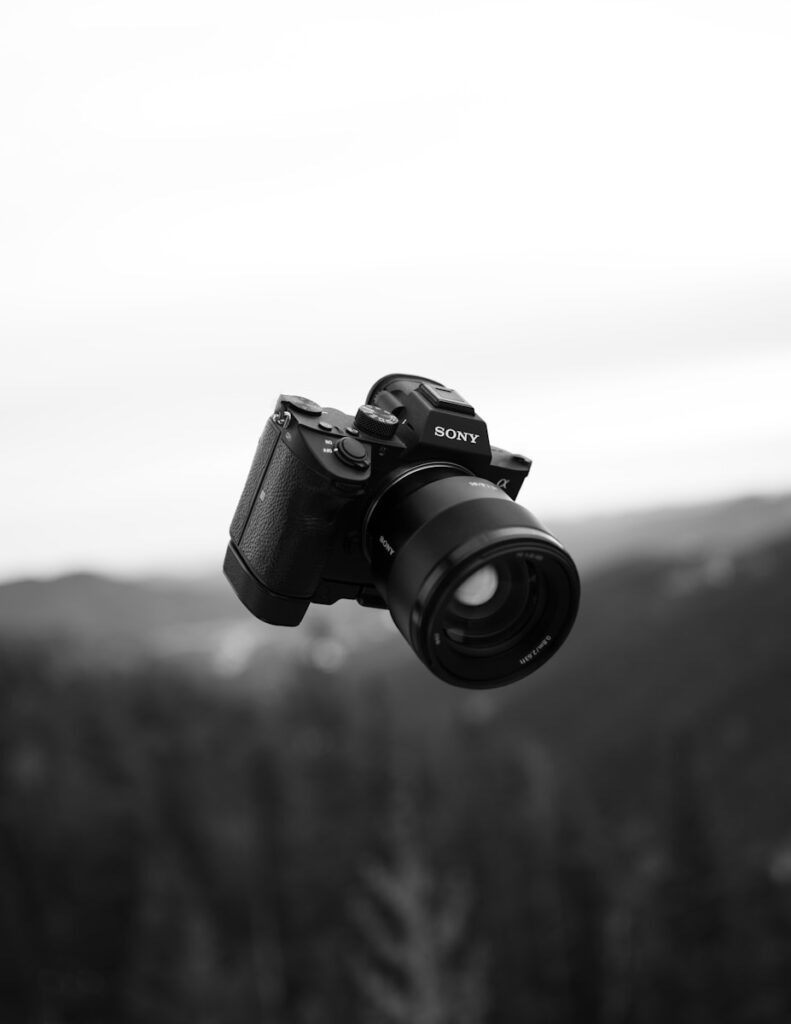
10. **The Last Wave: Disposable Cameras and the Digital Transition**As 35mm photography reached its zenith, the late 20th century brought one final burst of accessibility before the inevitable shift to digital. The 1980s saw the introduction of single-use cameras, affectionately known as “disposable” cameras. These cameras came “preloaded with 35mm film,” were “inexpensive,” and offered an unparalleled level of convenience, allowing users to take photographs “without the commitment of investing in a whole camera.” This was democratization taken to its extreme, pushing 35mm into every corner of society.
Parallel to this, the 1980s also witnessed the proliferation of “all-in-one processing and printing machines,” which were conveniently installed in pharmacies and grocery stores. This meant the general public “no longer needed to go to a specialty photography store to have their film developed.” The entire photographic process, from capture to print, became effortlessly integrated into everyday life, reinforcing 35mm’s ubiquity just as a new technological wave was cresting.
However, the photographic landscape began its most dramatic transformation in the 1990s as “digital cameras began to enter the market.” This marked the beginning of the decline for film sales, though even in this new era, “35mm remains the most popular” film type. The digital revolution offered instant gratification, greater storage capacity, and easier manipulation, quickly eclipsing many of film’s practical advantages and leading to the widespread belief that film photography was destined for obsolescence.
Yet, the story of 35mm cameras isn’t simply one of decline; it’s one of enduring legacy. The context highlights that “digital image sensors in modern digital cameras are made to mimic the dimensions of the old 35mm format cameras,” a clear nod to its foundational influence. Even today, “35mm film cameras are still produced,” especially by high-end manufacturers, and are “still cool to collect.” Professional and amateur photographers continue to prize them “for the rich quality of their images, which digital cameras cannot provide without the aid of post-editing.”
The journey of the 35mm camera, from a “miniature format” challenging the status quo to the “workhorse of the photographic industry” and now a cherished artistic tool, is a testament to persistent innovation and the enduring human desire to capture the world. Though rarely found on major studio film sets today, the echoes of their design principles and the aesthetic they championed continue to resonate. The 35mm camera revolutionized how we saw the world, transforming photography from a complex craft into a universal language, forever leaving its indelible mark on our culture and how we visually document our lives. It’s a powerful reminder that while technology evolves, the artistry and the emotional connection to image-making can transcend formats, ensuring that these “gone but not forgotten” marvels continue to inspire.

